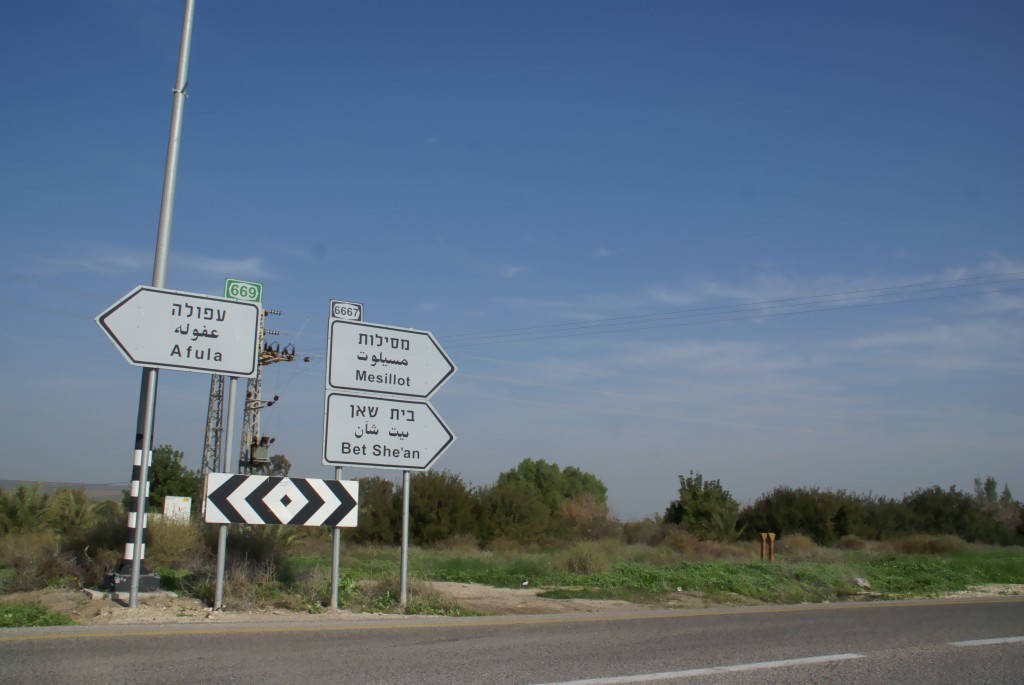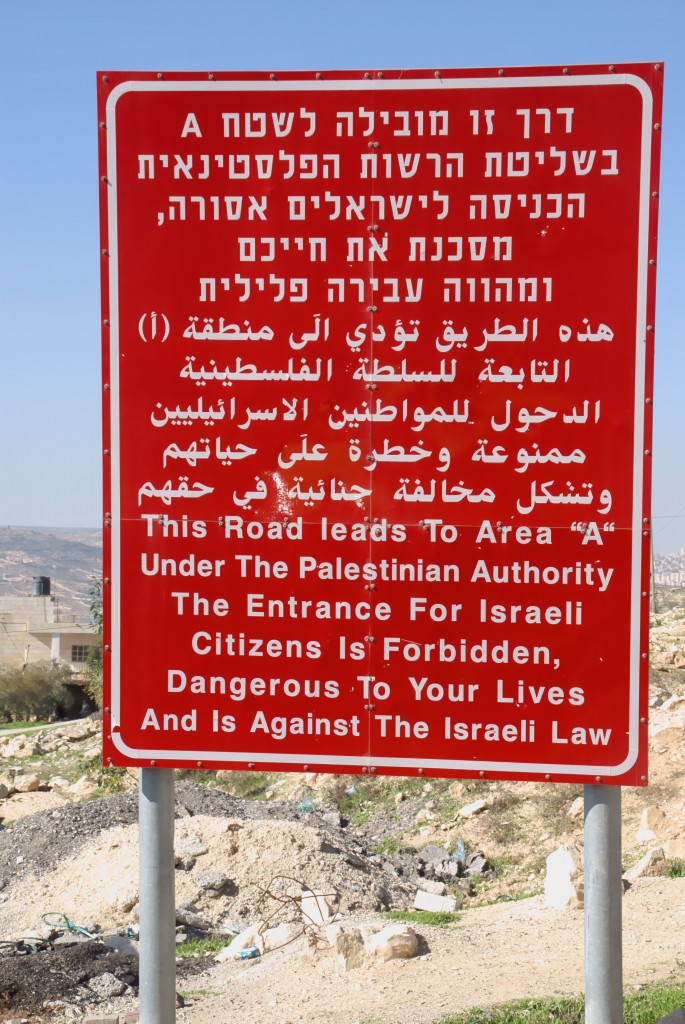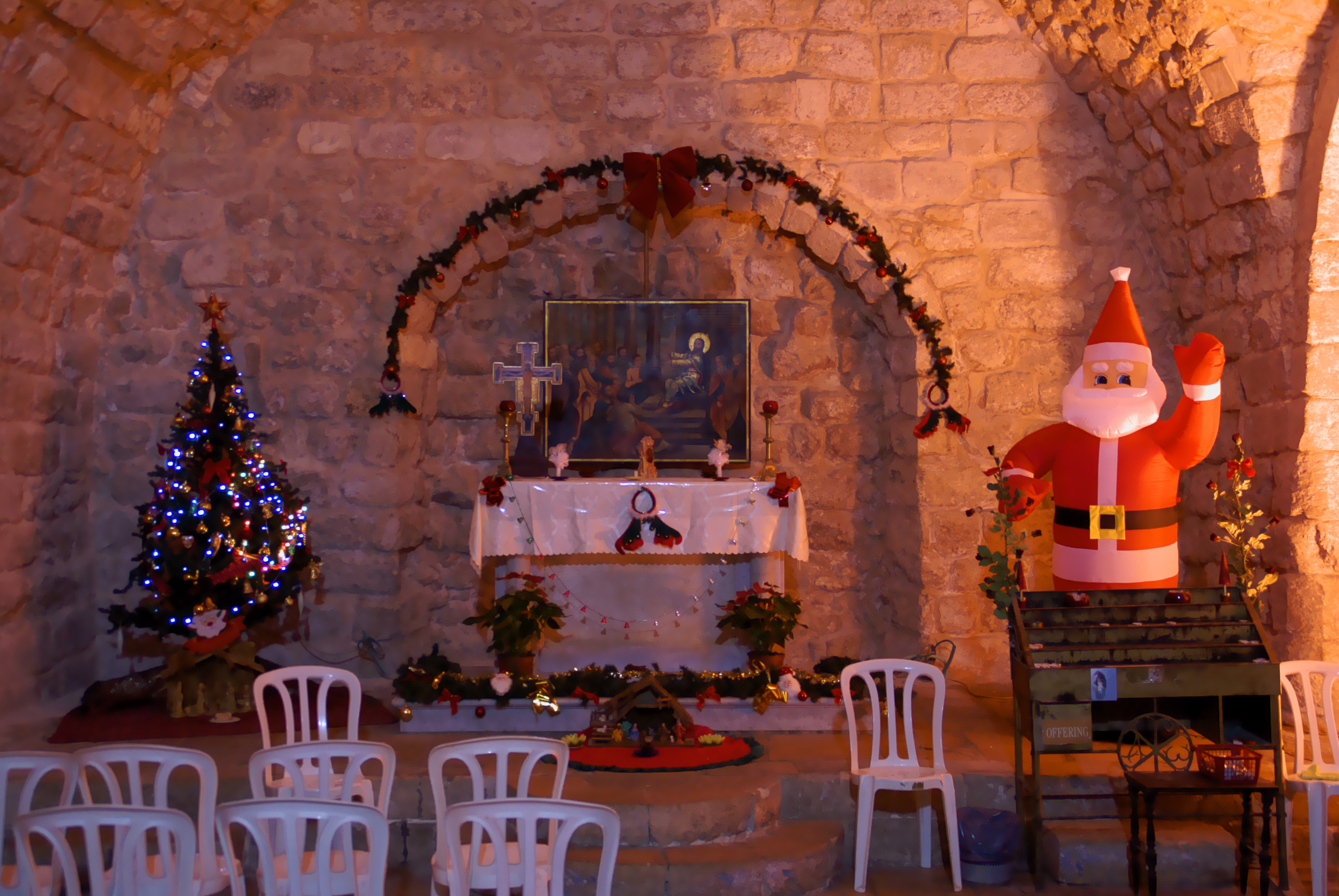On the fourth day
It’s all about the language, and cost too!
After two days of touring with a paid guide and car we decided to rent our own car. We had been happy with Mohammed because his English was very good. He was able to share with us a lot of information. It was easy to ask him a question and get an answer. It was also easy to propose alternatives to whatever it was he wanted to show us.
Abed was another story. His English was limited and as a result we were unable to have the same level of communication as we had had with his father. Additionally, Mohammed was much more experienced as a tour guide. Abed seemed to have some general instructions on where it was that he was to take us but didn’t really know the terrain. We got lost a number of times, going down a road one way and back another. This is not to say we were against the adventure of not knowing where we were. It is just to say that the guy we were relying to know where we were didn’t.
The overall cost of the Dead Sea trip was probably about 1,000 NIS ($300-$400). My sister-in-law figured we could rent a car for two or three days; she could drive and our total cost would be about $200. It would also mean that we were in charge of where we went and as for getting lost, we’d deal with that when it happened. I was happy to do this because I would get a bunch of one-on-one time with my sister-in-law.
Off to Nazareth
We decided to take a secondary road to Nazareth. Our other option was to take a toll road which would have added substantially to the travel expense. My sister-in-law also wanted to locate the “pretty” camel we had seen on our way to Jericho and have her picture taken with it. With this in mind, we picked up the rental car and head out of Jerusalem via highway 1. Highway 1 begins in Tel Aviv and cuts through the West Bank via “East Jerusalem” and the Ma’ale Adummim settlement connecting with Road 90 in the Jordan Valley. Its primary purpose is to provide a main artery for all the illegal settlements to bleed into so the settlers can can travel back and forth between the major Israeli centres.

Twenty minutes or so into our trip we came across the location of the “pretty” camel but there was no camel. On this particular day it was drizzling and the camel, being no fool, did not work in the rain. We carried on until we reached Road 90. We headed north.
We passed through the rich and fertile land of the Jordan Valley. I now knew where substantial portions of the farming is done in Israel. I also could see why Israel maintains control of the land. It’s rich and fertile and borders Jordan. Much of the farmland we passed through sits in Area C. Here the Israeli settlers continue to move in and the Palestinians and Bedouin continue to be pushed out; pushed off their land.

On one side of the road there are large farms and on the other, there are side roads that lead to Palestinian villages, designated as part of “Area A“, with signs warning of the danger, not to mention the illegality for Israeli citizens (meaning Jewish Israeli citizens) to enter the area. My wife and I traveled freely within Area A and were more than happy to bear witness to the inaccuracy of the signs. A Jewish friend of ours pointed out that the signs and the law were antisemitic because it discriminates exclusively against Jews – an antisemitic law and sign put in place by the State of Israel; the guardian of the Jewish people!
The Church of the Annunciation
We arrived in Nazareth, parked the car, and started our search for the Church of the Annunciation. My wife had mentioned this church at some point when she was telling me about all the things I need to see. It had made its way onto my sister-in-laws “Christian Pilgrimage”. For my sister-in-law, and other Christians, it was important because it is believed that the lower level contains the Grotto of the Annunciation. It is here that it is believed that the angel Gabriel came to the Virgin Mary and told her that she would be the mother of Jesus.
For my wife, and I was now seeing it, the amazing part of this church was the wonderful collection of paintings and mosaics that adorned the walls of the outside courtyard and areas within the church depicting the Mother and Child. These works of art were from around the world and the depictions made it possible for Mary and the baby Jesus to be of any nationality. I no longer had to think of Mary and Jesus as white. I am truly sad to confess that until this visit to this church, it had never occurred to me that these two iconic figures in our world, could be anything else but white!
More Holy Sites of Nazareth
From the Church of the Annunciation, we followed a map, more or less, and continued exploring more holy sites throughout Nazareth. We visited St. Joseph Church built over the site of what is said to have been Joseph’s carpentry shop. From St. Joseph’s we went in search of the Holy Caves of Nazareth, only to find that the site was closed for the day.

We then spent a considerable amount of time searching for the Synagogue-Church. Up and down the streets of the old market we went. Periodically we would ask for directions. We would nod our heads in understanding over the directions, and then get lost. However, eventually, and it was a long eventually, we came upon the famed Synagogue-Church. The church is said to be built upon a Synagogue where Jesus was reported to have taught.
While the structure was beautiful, I was most amused at its decorations, which I couldn’t wait to show my wife. Perhaps this picture will suffice to convey my amusement.
Old Market
It seems that every Palestinian city regardless of its geographic location, has an old market and Nazareth is no exception. Our search for the Synagogue-Church saw us wandering up and down the streets of the market, and like the old markets in Ramallah, Nablus, Hebron and Al Quds, I was overcome with the spirits of the history of the place. I was overcome with a sense of tranquility, the spirits of the stone passages. All in all, I find these old Palestinian cities, majestic and at the same time mystic. They are places that I have felt, on those rare occasions when I feel such a thing, a presence of something far greater than us.
Returning Home
As night fell, we made our way back to the car and began the drive home. We did not drive back through the West Bank. Instead we traveled down highway 6, still refusing to pay a toll to get home faster.
The contrast between the two routes was enormous. While the morning route was mainly farmland with a lack of urban development and under occupation, the evening route was mainly urban with little farmland and absent of the occupation.
Whereas in the morning we had to go through a checkpoint with scrutiny of our passports, the evening route was hassle free. Whereas in the morning we had traveled through communities and lands that the State of Israel was hard at work trying to steal and incorporate into Israel, in the evening we traveled through lands that were within the 1949 Armistice Agreements after the 1948 Arab–Israeli War. But sadly, these lands were not enough.